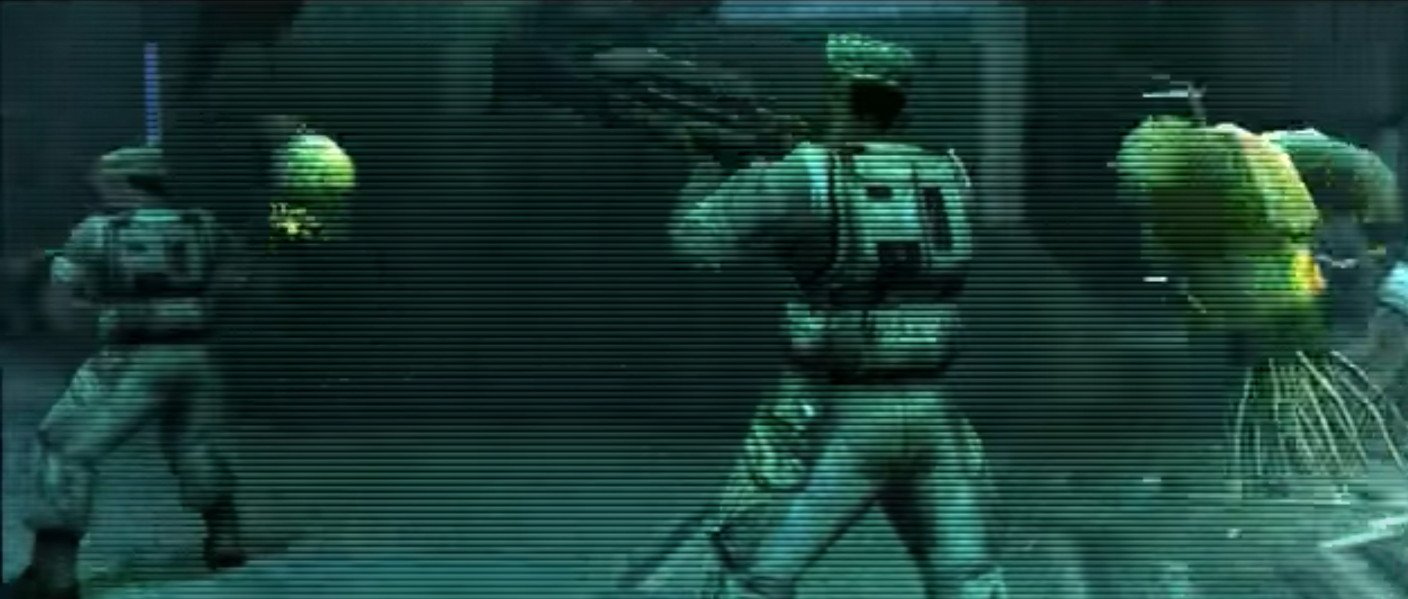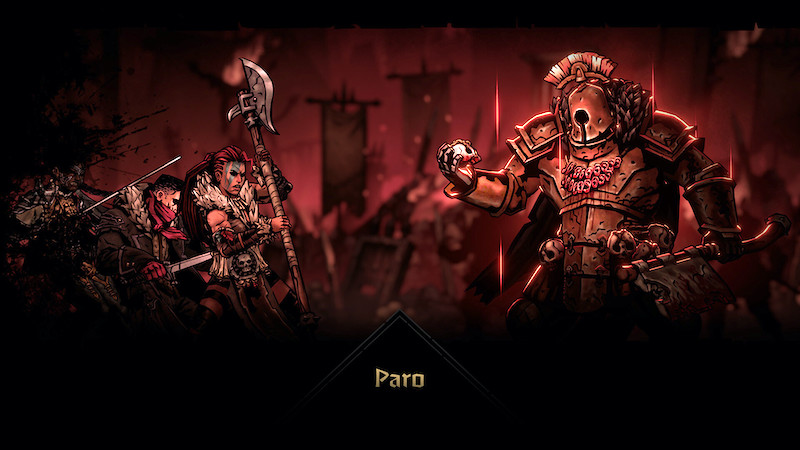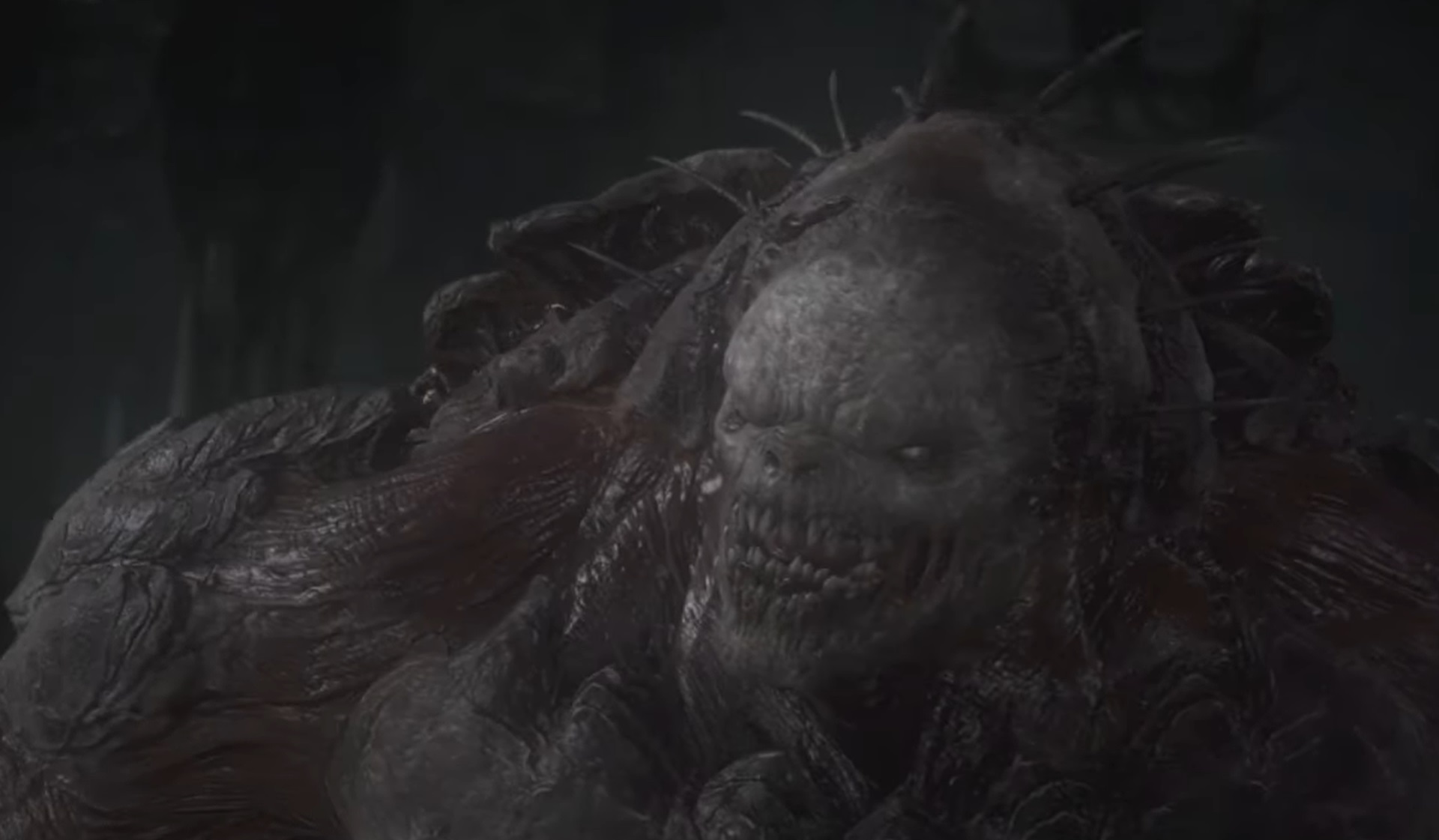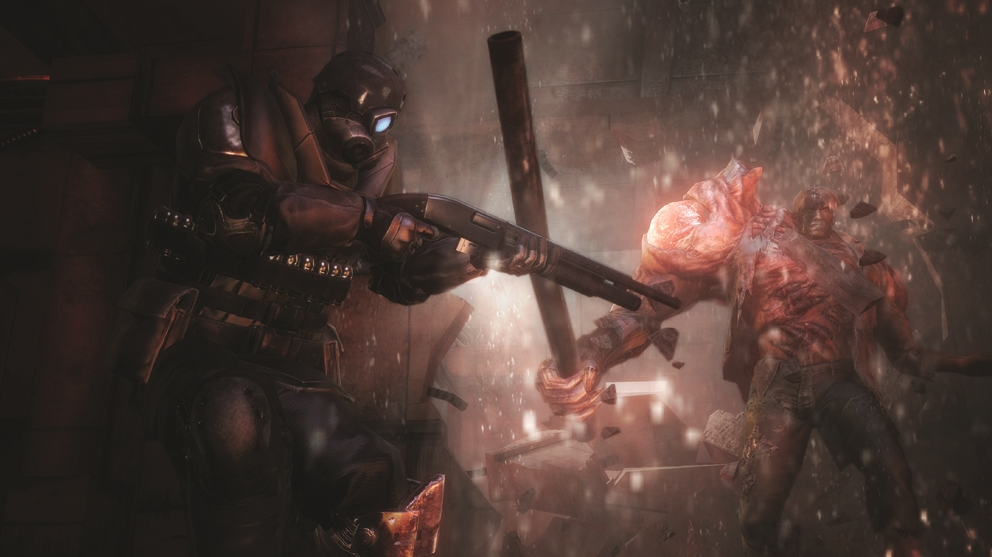
Monster Mania: The Horrors of Halo
Monster Mania is a weekly column celebrating the unique and varied monster designs in horror gaming.
The Halo series is not exactly known for being synonymous with the horror genre. The series is best known for explosive sci-fi action, with humanity’s savior, Master Chief, doing what he does best (punching aliens in the chest). And yet, Halo’s connection and utilization of horror has been there since day one, even if that genre influence has become less prevalent with every new installment. I am, of course, talking about everyone’s favorite intergalactic parasitic threat: The Flood.
Essentially space zombies, the Flood, are a recurring antagonist with several grotesque permutations throughout the series. The brainchild of Bungie artist and writer Robert McLees (who adapted fungal zombie designs intended for Marathon 2: Durandal for Halo: Combat Evolved), the Flood is an ever-evolving threat.
First impressions are everything. When introducing players to a new monster, a brief cinematic often prepare them for the horrors they are about to face. These cinematics are often explosive, however short, educating the player just enough before they must immediately meet said threat. And in Halo: Combat Evolved’s case, Bungie took a more cinematic and horror-centric approach to introducing the Flood.

Before their introduction, the player has become more familiar with the series of primary alien antagonist species, the Covenant. So by the time players reach the sixth mission, 343 Guilty Spark, they likely have a false sense of security in surmising what Halo could throw at them.
And boy, did we learn just how wrong we all were.
The Flood’s introduction comes via a fallen UNSC (United Nations Space Command) marine’s helmet camera. A brief found footage style cutscene shows Master Chief’s superior, Captain Jacob Keyes, and missing marines overwhelmed by….Something. The player only sees glimpses of the Flood’s parasitic, face-hugger-like enemies overwhelming the marines and even latching onto their bodies. I distinctly remember just how shocking this cutscene was, given not only the utilization of grainy, found footage, but this new threat was unlike anything previously seen in the game.
The most iconic Flood forms are found within Halo: Combat Evolved; however, they would return in later series entries with improved abilities and newly disfigured construction. The Flood’s carrier form is a bulbous incubator that explodes when shot or gets close to the player, releasing dozens of face-hugger-like enemies called pod infectors. Like their host, pod infectors will explode when they get near Master Chief but will also reanimate UNSC corpses. This results in the chief fighting against hordes of his reanimated and very undead fallen comrades. Easily one of the darkest elements of the Halo series and something that I wish future game narratives had leaned into a bit more.
The Flood’s versatility makes them notable amongst the plethora of zombie enemy types in games. These various permutations typically attack in groups, forcing the player to contend with multiple pockets of enemy types. While combat forms will attack with ranged weapons, such as shotguns and rocket launchers, carriers will shamble toward the player until they are in range to unleash their kamikaze birthing. Typically, special zombie types will be few and far between amongst a horde of drone-type enemies. In Halo, the player frequently contends with various types simultaneously, making combat increasingly frantic.

And that’s before the dead began to rise.
Halo 2 is notable in more ways than one, but for me, it was the first game that ever captured the predicament of my favorite zombie films: destroying the body to prevent re-animation. In Halo 2, pod infectors developed the ability to animate corpses scattered around environments and UNSC allies who died during firefights. This added a new facet to the already hectic Flood encounters, as players’ time was now split between active Flood threats and destroying bodies within an environment.
The Flood would evolve throughout the first three games in the types of permutations the player would face and their monster designs. The advancements in tech between Halo: Combat Evolved and Halo 2 allowed the combat form Flood to become even more monstrous. While the designs found in the original Halo were wonderfully necrotic, how the combat form Flood altered human corpses in the sequel remains hellish. Tentacles sprouted from limbs, while fleshy bulbous sacks grew from soldiers’ mouths or, in some instances, contorted necks and heads from their natural resting place. These changes were purely cosmetic but further reinforced the reality of how disturbing the Flood’s morphology could become.
I have always marveled at how casually The Flood was included in a sci-fi FPS series that would become a mainstream juggernaut. However, given the lack of direction, the Halo series has at the moment, I fear we may never see a prominent return of this horror influence, which ultimately showed (at the time) Bungie’s ingenuity in continuing to push player expectations. Something I hope they can rediscover in the future.
For more horror game reviews, opinions, and features, check out DreadXP.




